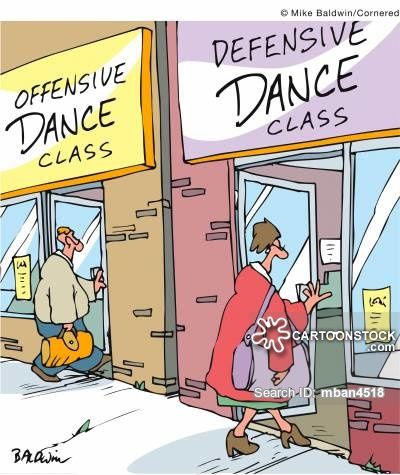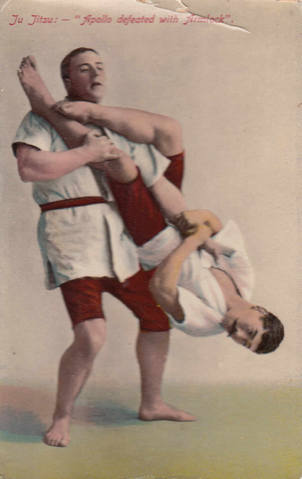
-
Recent Posts
May 2024 M T W T F S S 1 2 3 4 5 6 7 8 9 10 11 12 13 14 15 16 17 18 19 20 21 22 23 24 25 26 27 28 29 30 31 Archives
Meta

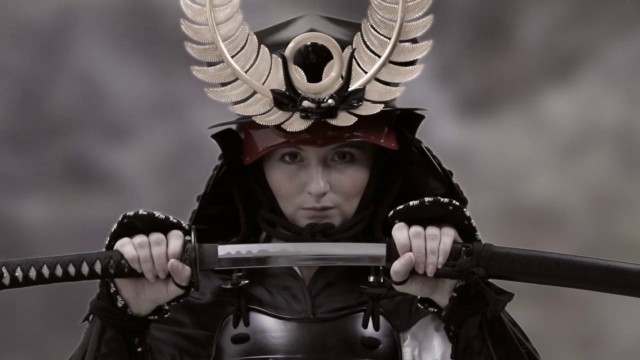 Onna-bugeisha was a female warrior belonging to the Japanese nobility. These women engaged in battle, alongside their male companions . The Onna-bugeisha were members of the samurai class in feudal Japan and were trained in the use of weapons to protect their household, family, and honour in times of war.
Onna-bugeisha was a female warrior belonging to the Japanese nobility. These women engaged in battle, alongside their male companions . The Onna-bugeisha were members of the samurai class in feudal Japan and were trained in the use of weapons to protect their household, family, and honour in times of war.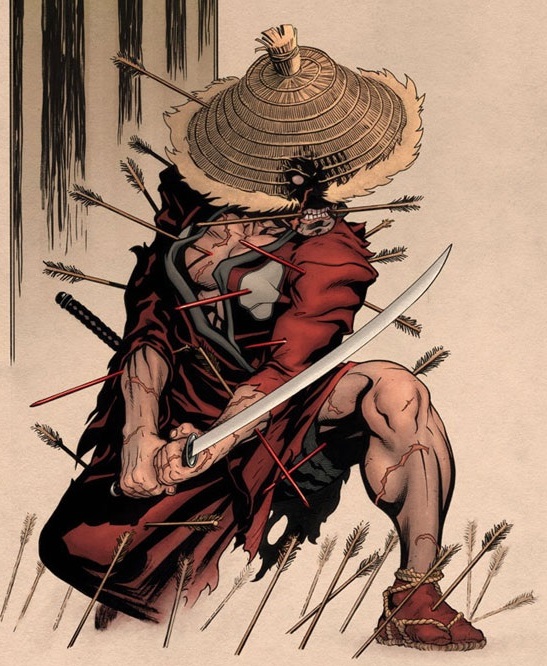
I was talking to a Martial Arts friend on the weekend and we were speaking about members of dojo’s and their training. As our conversation progressed the word “Ronin” was used, I thought what an interesting word to describe students that have left their dojo’s for one reason or another, but appropriate as well… The Lost Warrior
Most people have heard of a code that Martial Artist follow, I’ve even heard the mis-conception that this special code is used only with black belts and higher ranks… This code is actually called the Bushido Shosinshu (The Code of the Samurai). Today this code is still a very strong guide for us to follow, I for one, am thankful that it’s not quiet as intense today as it was several hundred years ago.
With a Samurai following the Bushido Shosinshu, a samurai was expected to commit Seppuku (also known as “hara kiri” — a ritual suicide) upon the loss of his master or Lord. Should the Samurai chose not to honor the code, he or she was their own and meant to suffer great shame. This ritual would be completed by the Samurai being on his knees and using a “Tanto” a single edged bladed weapon, about the size of a large butcher knife. The Tanto was often referred to as the Honorable Weapon. The ritual Seppuku, would in most instances involve another person referred to as “The Second”. The Samurai completing the ritual would insert the Tantok approximately 3 inches to the left of the navel and pull the knife directly across the stomach to the right, once the stomach was cut open the knife would be turned with the blade up and then pulled up towards the chest. “The Second” at that moment would be given a sign by the Samurai completing the ritual, a nod of the head, shutting of the eyes and the Second would decapitate the Samurai with his or her own Katana, which then would restore the Samurai’s honor. The term Ronin was a very undesirable status imposed on a Samurai, the name brought shame and discrimination imposed by other samurai, their respective Clan and by daimyo or the feudal lords of Japan at that time.
Once a Ronin, the samurai would would still maintain his or her weapons, generally being a large sword (Katana) and a smaller sword (Wakizashi). Ronin used a variety of other weapons as well, depending on their lack of money, some would carry a bo-staff or a jo a or a walking stick called a yumi. Most of the weapons would be carried based on their training or the Ryu or school they studied from.
During the Edo period, changes in society class system and laws created a large increase in the number of Ronan in Japan. . During previous times before the Edo period, samurai were able to move between masters and would marry between classes and clans. However, during the Edo period, samurai were restricted, and were all forbidden to become employed by another master without their previous master’s permission.
Because the former samurai could not legally take up a new trade, or because of pride were loath to do so, many ronin looked for other ways to make a living with their swords. Those rōnin who wanted legal employment became mercenaries (killers for hire) that guarded trade caravans, or they would become bodyguards for wealthy merchants. Many others became criminals, operating as bandits and highway thieves, Ronin were known to operate, or serve as hired muscle for gangs that ran gambling rings, brothels, protection rackets, and other similar activities. Many were petty thieves and muggers. The criminal segment gave the rōnin of the Edo period a persistent reputation of disgrace, with the image of thugs, bullies, cutthroats, and wandering vagrants. Ronin, a Samurai without a Master.
If you’re interested in learning Jujitsu in Brockville, we invite you to contact Ancho Jujitsu by calling us at 613 340 8002 or visit us online at www.anchojj.com
Rob Andress / Sensei Ancho Jujitsu
Martial Arts in Brockville / Jujitsu in Brockville / Jiu Jitsu Brockville
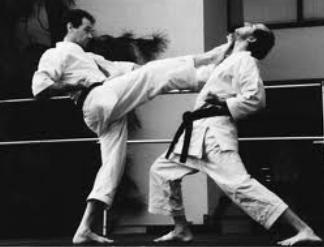
Samurai – The word is almost mystical, elite forces that fought in many of Japan’s provinces during and after the 10th Century. Where did they come from? How did they live? How did they become such masters of war? The Samurai rose to the top of social order when Japan’s Emperor, who lived in the ancient capital of Kyoto lost control of the provinces in his power, it was at this time that the “Clans” established themselves as strong political entities. By the 12th Century, many Samurai Lords controlled provinces and central Japan and they maintained a strong influence on Japan’s society and on the country’s direction until the late 1800’s when the Samurai became outlawed and their status taken from them.
I’m a HUGE BELIEVER that kids today do not get enough activity, at home or at school. I hear many parents mentioning about their kids sitting in front of the T.V, game controller in hand, headset… and this becomes their life.
I’ve also seen the kids that have been prescribed medication for ADHD, some to the point of not being able to truly function, all because they can’t, won’t or don’t know how to focus, won’t listen when spoken to or have anger issues and outbursts at school or home… I’m not a doctor, I’m not a Psychologist, but I have seen the effects of what a strong martial arts program can do to kids.
When kids are placed in an environment where respect is given and expected in return, where strong moral ethics are employed and an expectation is placed onto the child which is higher than they can achieve… wonderful things begin to happen to that child. A well rounded martial arts programs promote self-discipline, emotional stability, and respect, not to mention the increase in various physical skills and personal development that is learned. For many kids a psychological benefit is also gained, which promotes a healthy mind and a healthy body (Maybe even reducing the need for visits to the therapist office or a reduction in some medications)
(Recently published research by Anna Harwood and her colleagues in the journal Aggression and Violent Behavior has now answered that concern. They analyzed twelve studies involving 507 kids, studying the impact of marital arts on aggressive and violent behavior. In nine of the twelve studies, martial arts had a positive effect and no impact in the other three studies. )
A good martial arts programs focus as much on positive mental strength as well as self-defense and fighting techniques. Our Instructors expect high standards of behavior during the class. We focus on recognizing and controlling your emotional states and teaching alternatives to anger and hurting others as a way to relieve frustration. If you’ve ever thought about enrolling your child into a martial arts program – Ancho Jujitsu offers a youth program, SuperKids JiuJitsu for ages 7 to 14 and a child’s program L’il Dragons JiuJitsu and we are very proud to say we are Brockville’s only Black Belt Excellence School.
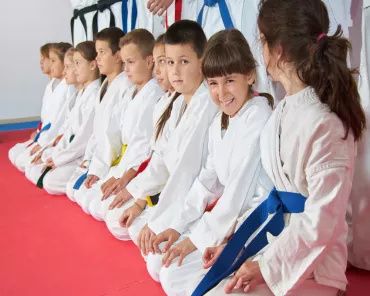
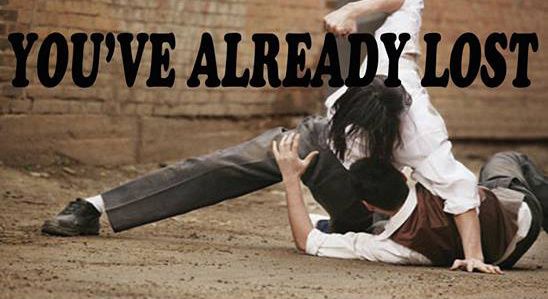
The moment you feel “I can’t do that” or “that’s too violent” or “that’s mean” to defend yourself from an attack… You’ve already lost.
Bad guys, a bully or street thug doesn’t care about your or the law. They want what you have and are willing to do almost anything to get it… that includes hurting you, your child or your spouse.
If you feel doing something to defend yourself is “illegal” or no “fair” or that’s too “dirty” or not “honourable” You’ve already lost.
If you take Self Defense seriously and want to have the best chance of survival, you must be willing to do want it takes to win. You must be willing to go deeper, to go darker than your attacker, if not You’ve already lost.
If you think you attacker will “TAP” or quit… You’ve already lost. People in the real world aren’t going to submit, they fear for their lives and will fight harder than you can ever imagine.
Always take every opportunity to back down – tell them you don’t want any problems, give up the parking spot and any other silly non-important issue that you may be facing. But if someone crosses that line and going to hurt you or a loved one, you make sure HELL COMES TO BREAKFAST.
Always be mindful and aware of your surrounding. Nyingbulam – The Art of the Modern Samurai, focuses heavily on mindfulness and self-awareness. Always look for potential problems before the happen. Staying away from conflicts is always the best form of self defence. This doesn’t make you weak it makes you safe. If you have to resort to violence to protect yourself, be prepared to do what it takes to win. Interested in learning a style of Jujitsu that was developed for today’s world, contact Ancho Jujitsu for Martial Arts Brockville.
Sensei Rob Andress, Ancho Jujitsu
Jujitsu Brockville – Martial Arts Brockville – Self Defence in Brockville
What is Japanese jujutsu? To understand this martial art, imagine that you were a Samurai during medieval times. That’s a big stretch, right? Still, if you were, you would need to know how to use a sword. But what if you didn’t have that sword with you and the attack came from someone who did? What would you do then?
Japanese jujutsu or jujitsu, that’s what! In other words, you would stop that sword strike from coming by throwing your adversary, pinning him or using a chokehold.
By the way, the Samurai used to play for keeps. In other words, they often practiced moves designed to kill their opponents.
While current practitioners don’t fight to the death, jujitsu remains a popular form of self defence. We’ll discuss the facts about this discipline, including its history, goals, and sub-styles.
Japanese old style jujutsu, or Nihon koryu jujutsu, dates back to the Muromachi period in Japan between 1333 and 1573. This old style of martial arts training was focused on teaching the unarmed or very lightly armed warrior to fight a heavily armed warrior. This eventually led to the teaching of a significant amount of grappling, throwing, restraining and weaponry skills to Samurai.
The term jujutsu began to take hold in the 17th century. At the time, it described all of the grappling-related disciplines in Japan that were used and taught by the Samurai. The name “jujutsu” means the “art of softness” or “way of yielding.”
Eventually, jujutsu evolved, changing with the times to the Nihon jujutsu seen today. Generally, this more contemporary style is termed Edo jūjutsu, since it was founded during the Edo period. The striking in these styles is not designed to be effective against armor since no one really wears armor anymore.
However, it would be effective against a plain-clothed person.
Jujutsu is characterized by using an attacker’s momentum against him by guiding it in a way that the applier would prefer (and not the attacker). Jujutsu methods include striking, throwing, restraining (pinning and strangling), joint locks, weaponry, and grappling. It is truly best known for its effectiveness against weapons, use of throws and its locks (armbars and wrist locks, for example).
The goal of jujutsu is simple. Practitioners hope to disable, disarm, or even kill opponents, depending on the situation.
There are many schools of Japanese jujutsu. They include older styles such as:
Here are the more modern schools, sometimes termed self-defense jujutsu schools. They include:
Brockville Martial Arts – Martial Arts Brockville
